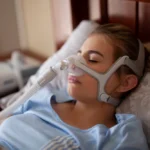Sleep apnea affects millions of adults worldwide, but can go undiagnosed for years. When someone experiences repeated pauses in breathing during sleep, it causes the body to unconsciously wake up to restore breathing, leading to fragmented sleep. These disruptions in sleep and oxygen deprivation can lead to a multitude of health issues, including weight gain. Lets explore the treatment options that address both sleep apnea and weight loss that help improve sleep and overall quality of life.
CPAP Therapy: The Gold Standard Treatment
For years, continuous positive airway pressure (CPAP) therapy has been the gold standard for managing sleep apnea symptoms. CPAP works by delivering continuous air pressure through a mask, keeping the airway open through the night to prevent someone from experiencing sleep fragmentation or oxygen deprivation. The benefits someone experiences when they use CPAP therapy regularly include:
- Improved sleep quality
- Reduced snoring
- Improved mood
- Reduced cardiovascular risks
Despite these benefits however, there is a lingering challenge with this sleep apnea treatment option. On average, about 8-15% of patients with obstructive sleep apnea (OSA) discontinue CPAP therapy after one night and 50% discontinue after one year of treatment. Why is that? Even though CPAP treatment is so successful for managing sleep apnea symptoms, there is a treatment burden associated when getting started. The patient has to first learn about this new condition they have been diagnosed with along with the lifestyle changes and necessary healthcare appointments that follow. In addition, there are often hurdles in managing CPAP equipment, which prove daunting for many.
How Sleep Apnea and Obesity Create a Vicious Cycle
Obstructive sleep apnea (OSA) and obesity have a bidirectional relationship, meaning that by leaving one untreated, it can worsen the symptoms of both conditions. An individual living with obesity has excess weight that can cause an increase in breathing disruptions due to the reduced size of the airway, lower lung capacity, and make the throat more likely to collapse while a person sleeps. People living with undiagnosed sleep apnea can also have a more difficult time losing weight due to a few factors. When sleep is constantly disrupted multiple times a night from sleep apnea, it causes the body to produce lower levels of leptin, one of the hormones that is responsible for regulating appetite. Another factor is that energy levels tend to be lower with OSA which causes people to crave foods that are higher in sugar and carbs to get quick energy, or to skip that planned evening walk. This turns into a vicious cycle which can make it seem impossible to reach health goals. The importance of treating both sleep apnea and obesity is becoming well-known. Studies have shown that a 10% weight loss decreased the amount of sleep disturbances an individual experienced by 26%.
Breaking the Cycle: Treating Sleep Apnea and Weight Loss Together
Now that you understand the relationship between OSA and obesity, it is time to explore how both conditions can be treated to break this vicious cycle. You have probably heard of GLP-1 therapy for weight loss, but what you might not know is that the FDA has now approved tirzepatide, a GIP and GLP-1 receptor booster, in combination with CPAP therapy to treat both moderate-to-severe sleep apnea and obesity. By tackling both of these conditions in one appointment, patients are able to start to see benefits of better sleep and a healthier weight. In an important study, after one year of treatment on tirzepatide therapy, 63% of patients had a reduction in their moderate to severe sleep apnea symptoms.
While tirzepatide can help address some of the underlying factors that are contributing to sleep apnea severity, it can take months to start to feel these benefits. That is why combining the treatment with CPAP therapy is important. With implementing CPAP therapy, an individual can start to experience relief from the side effects of sleep apnea such as fatigue or low energy within days or weeks. By increasing energy levels, patients will be more inclined to participate in the necessary activities that are required when starting tirzepatide such as increased physical activity and eating changes. There is generally more energy to go on that extra walk, too. And in addition, better sleep quality on CPAP leading to normalization of hunger hormone regulation means it can be easier to control cravings – so that ice cream sandwich before bed becomes far less tempting.
The Future of Sleep Medicine
A combination approach to treating both sleep apnea and obesity is a fundamental evolution in sleep care. Instead of managing symptoms, there is now an option to treat the underlying cause for the individuals who qualify. It is clear that by treating the conditions simultaneously, a greater reduction in breathing disruption can occur leading to improvements in other areas of life such as better weight regulation, improved sleep quality, and increased energy levels. This is a new level of freedom for patients to be able to finally break free from the cycle of weight gain and disrupted sleep.
Take the Next Step Toward Better Sleep and Health
If you are living with obesity and OSA, you don’t have to fight this battle alone. While on average about 50% of patients discontinue with their CPAP therapy within the first year, our patients at Ognomy Sleep tell a different story: our patients have a 74% usage rate, reflecting our commitment to make treatment and ongoing care accessible and effortless. Ognomy sleep specialists are trained to understand the relationship between sleep apnea and obesity. They will conduct a thorough evaluation to determine the best comprehensive treatment plan which may include tirzepatide for those who qualify. Ready to explore how combination therapy could transform your health? Schedule your telehealth appointment today.













